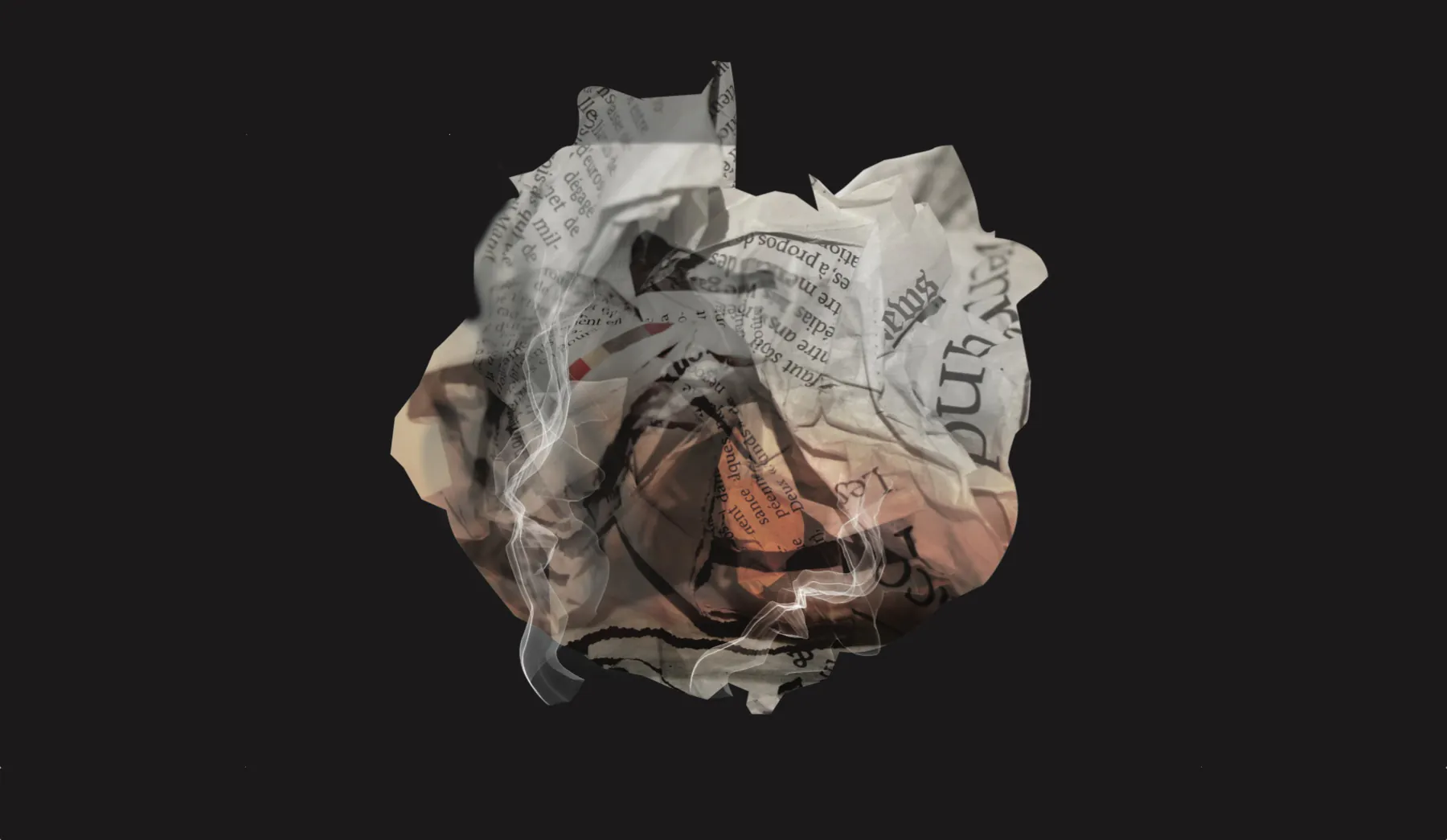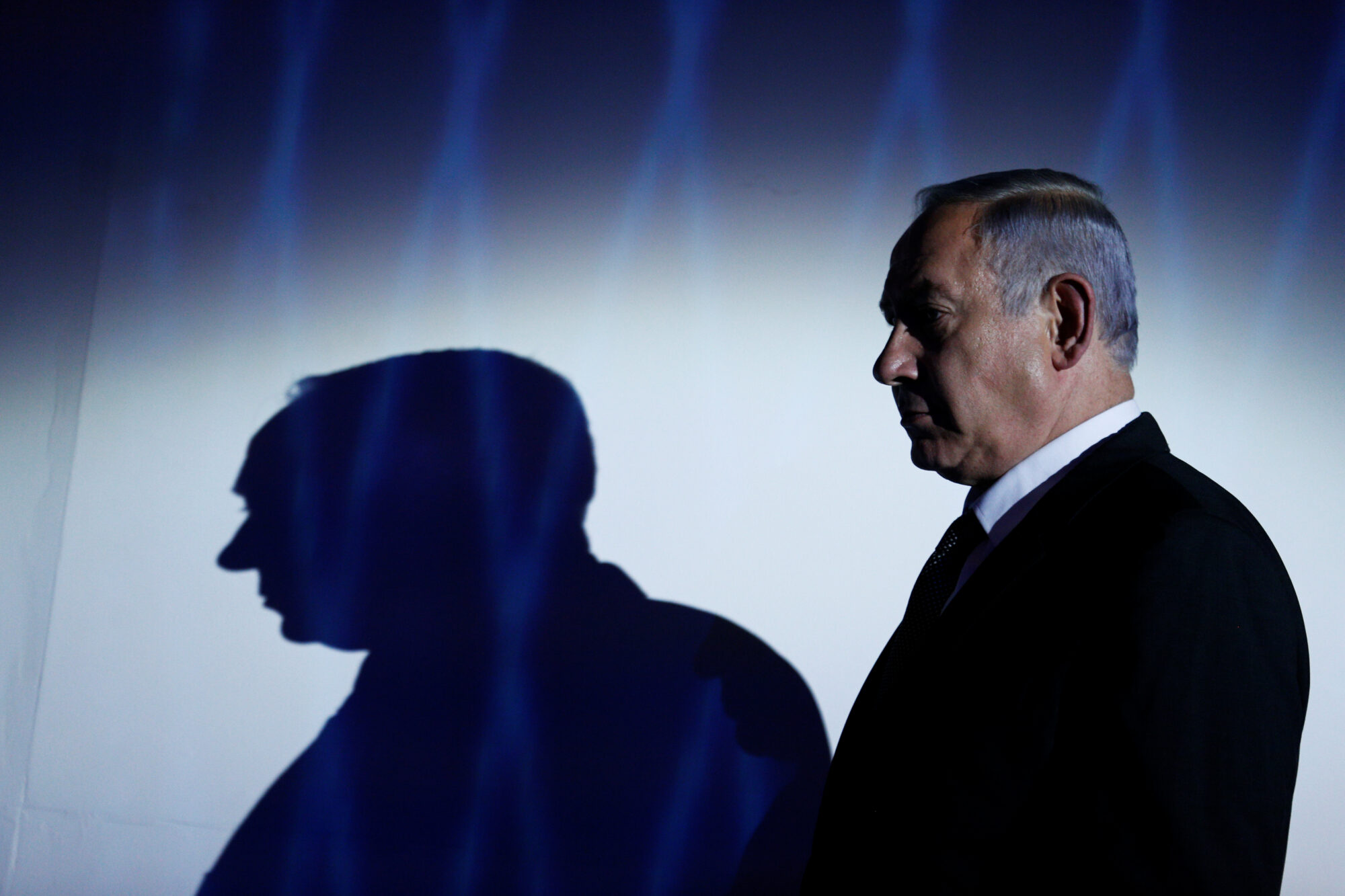UNESCO Handbook Empowers Journalists to Combat Disinformation and Rebuild Trust
July 16, 2025Netanyahu vs. the Israeli Media: A Struggle Over Press Freedom
July 17, 2025
Two investigative journalists have breathed new life into long-dormant civil rights-era murder cases. Independent reporter Ben Greenberg revisited the 1965 killing of John Wesley Wilder in Ruston, Louisiana, initially ruled a justified police shooting, by poring over neglected police and highway patrol archives and uncovering inconsistencies. His findings prompted the FBI to reopen the case.
Meanwhile, Sandra Chapman, a reporter with WISH‑TV in Indianapolis, took on the 1968 murder of Carol Jenkins in Martinsville, Indiana. She traced a key witness, Shirley McQueen—the estranged daughter of a suspect—whose detailed recollection and corroborative documents led to the arrest of Kenneth Clay Richmond, who had previously escaped justice.
Both journalists emphasised their reliance on Freedom of Information Act (FOIA) requests, interviews with families, neighbours, and community members, as well as archival materials. They also highlighted the critical need to carefully verify eyewitness testimonies to ensure accuracy and sensitivity, especially when dealing with traumatic events.
Their work underscores a deeper challenge: local law enforcement frequently closes such cases hastily. These investigators often withhold files, necessitating persistent journalistic digging. Greenberg, Chapman stress that their meticulous methods—resurrecting files, finding overlooked witnesses, and building trust—offer a pathway to accountability even decades later. Their efforts exemplify journalism’s power to pursue justice long after crimes are thought forgotten.
References –
https://www.niemanlab.org/2025/07/investigating-cold-cases-how-two-journalists-dug-into-decades-old-civil-rights-era-killings/





